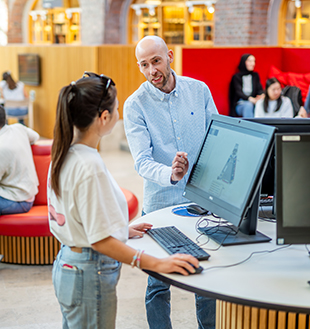Learn about patents
Are you a student with an idea you want to develop to a new product? Or do you want to find out what companies develop that cutting-edge technology you want to work with after your studies? As an engineering student, knowing a bit about patents and where to find them is useful.
Patent system
The intention of the patent system is to provide a legal protection for innovations. An innovation is defined as a solution to a technical problem. It also have to fulfil certain conditions such as novelty and inventive step to be patentable. In a patent application an inventor has to describe (disclose) how to solve a technical problem in order to get a granted patent for the innovation. After a time period of 18 months, the patent application becomes publicly available so that everyone can read about how the technical problem was solved. In return, the inventor gets the exclusive rights to her/his invention. This gives a market advantage; no-one is allowed to sell, copy or redistribute the invention without the permission of the owner(s) of the patent.
Both patent applications and granted patents can be found in patent databases
Patent document
Since patents describe technical content with a legal language it might be hard to find the information you are looking for. If you need help to get started, read the patent search guide or book a time for an introductory session in patent databaes . The formal legal language in a patent may also make it difficult to extract the technical information from a patent. To get started, read the tips on how to read a patent .
Patent process
A granted patent is valid in the country where you have applied for the patent protection. To get protection in several countries, you originally had to send in an application to each country separately. To make the process somewhat easier, there are nowadays procedures regulated in international treaties. Now it is possible to send in an international PCT application to WIPO or an EP application to EPO, but you still have to decide in which countries you want protection and pay national fees. This also means that there may be several patent documents linked to the same invention. These documents are called members of the same patent family.
The Teacher's exemption
Sweden has a quite unique exception in the law regarding ownership of inventions called the Teacher's exemption (or the Professor's privilege). This exception says that a teacher employed at a University owns the rights to his/hers inventions.
For more information about the professor's privilege, See the law text: SFS 1949:345
Policy for management of intellectual property created at KTH (docx 63 kB) .

